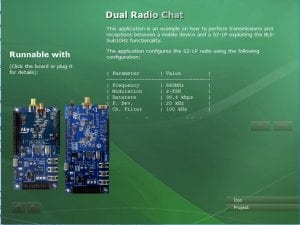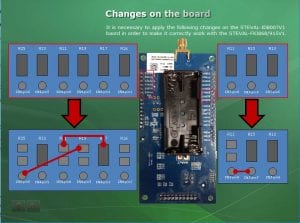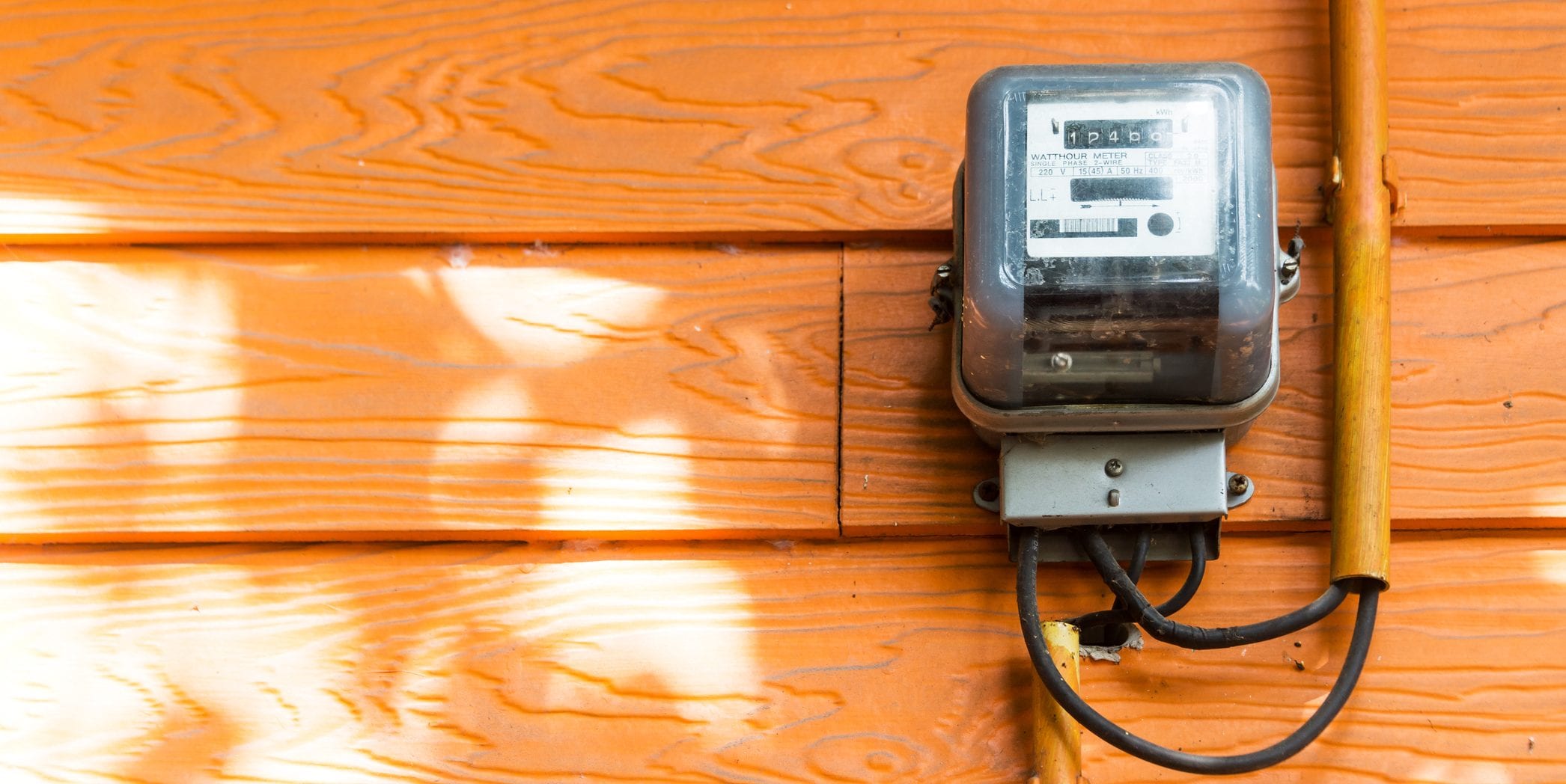The union of a SoC dedicated to Bluetooth Low Energy (LE or BLE) and a sub-gigahertz transceiver has proven to be a match made in IoT heaven, thanks to the STSW-BNRG-S2LP software pack. The program, recently published by ST, makes it possible to combine a BlueNRG–1 SoC and an S2-LP transceiver using a SigFox stack to enjoy the ease of use of the former while benefiting from the cloud capabilities and longer range of the latter. The 1.0 version of the pack is very recent, and it’s already possible to use available development boards to hasten prototyping operations.
The Internet of Things is such a foundational movement that it made huge waves a few weeks ago at the ST Developers Conference, and it became an officially recognized noun in the Merriam Webster dictionary. However, knowing how to start a project, or even what technology to adopt, is a daunting task, especially when small teams try to launch a project. Some companies can help, like Wizzilab, which offers a bundle called WizziKit that uses ST boards and sensors. However, engineers that just want to employ their existing evaluation boards have a new friend in the STSW-BNRG-S2LP software pack.
STSW-BNRG-S2LP: Three Demos, A Myriad of Possibilities

Developers will immediately appreciate the demo applications offered by the program and the fact that the open-source code is available at C:\Program Files (x86)\STMicroelectronics\BLE-Sub1GHz DK_1.0.0. The first project, called BLE-SigFox Sensor Demo is probably the most useful for developers working on an IoT device since the data from the board’s sensors are available using a Bluetooth Hardware Abstraction Layer that’s very popular among mobile developers nowadays. Under the Generic Attributes (GATT) profiles, accessing the measured data is as easy as calling a service and parsing the result. The demo also walks the user through setting up a SigFox back-end to send this data to the cloud. Hence, in the end, even enthusiasts can have a sensor board sending data to the cloud using a sub-gigahertz network with minimal investments.
The other two demo applications are all about showing what’s possible when using both a BlueNRG–1 SoC and an S2-LP transceiver. For instance, the program Dual Radio Chat can ensure that while the device is sending data to a sub-gigahertz network, it can also communicate with smartphones or tablets using Bluetooth, which could be very useful in smart industries, for instance. On the other hand, the demo called S2-LP Communication simply shows the versatility of the BlueNRG–1 chip and uses it as a host to drive the S2-LP transceiver thanks to its ARM® Cortex®-M0 core. In this last instance, the application doesn’t use the Bluetooth connectivity but acts as a great starting point for developers searching for a microcontroller (MCU) since they can just start developing with what they have on hand.
Where to Begin?

Currently, STSW-BNRG-S2LP supports the STEVAL-IDB007V1 evaluation board, which serves as a base for the system and includes the BlueNRG-1. Users can then plug the STEVAL-FKI868V1 on top of it, but the S2-LP transceiver included only supports the RCZ1 SigFox zone, meaning Europe. People living in North America and Brazil (RCZ2) or Australia, Colombia, Peru, Singapore, and New Zealand (RCZ4) will opt for the STEVAL-FKI915V1. Furthermore, engineers must make changes to the boards before they can proceed with the application. These are only minor tweaks that just require connecting particular pads, and the STSW-BNRG-S2LP offers a schematic to guide engineers. However, this step is imperative to ensure that all the applications run without any conflict of resources.
Finally, to make developers’ lives even easier, the demo applications have individual folders for IAR Embedded Workbench for ARM (EWARM) 7.70 and Keil uVision V5 (MDK-ARM). As a result, importing the source code in these toolchains couldn’t be simpler, which means engineers can start tweaking and adapting the programs to their needs to jump-start the development process. The package even includes drivers for the different interfaces (ADC, GPIOs, I2C, RTC, SPI, Timers, UART, WDG, and RTC) to facilitate the integration of the components into a final design. And to help test a set of evaluation boards in the wild, the STEVAL-IDB007V1 comes with a battery holder.




